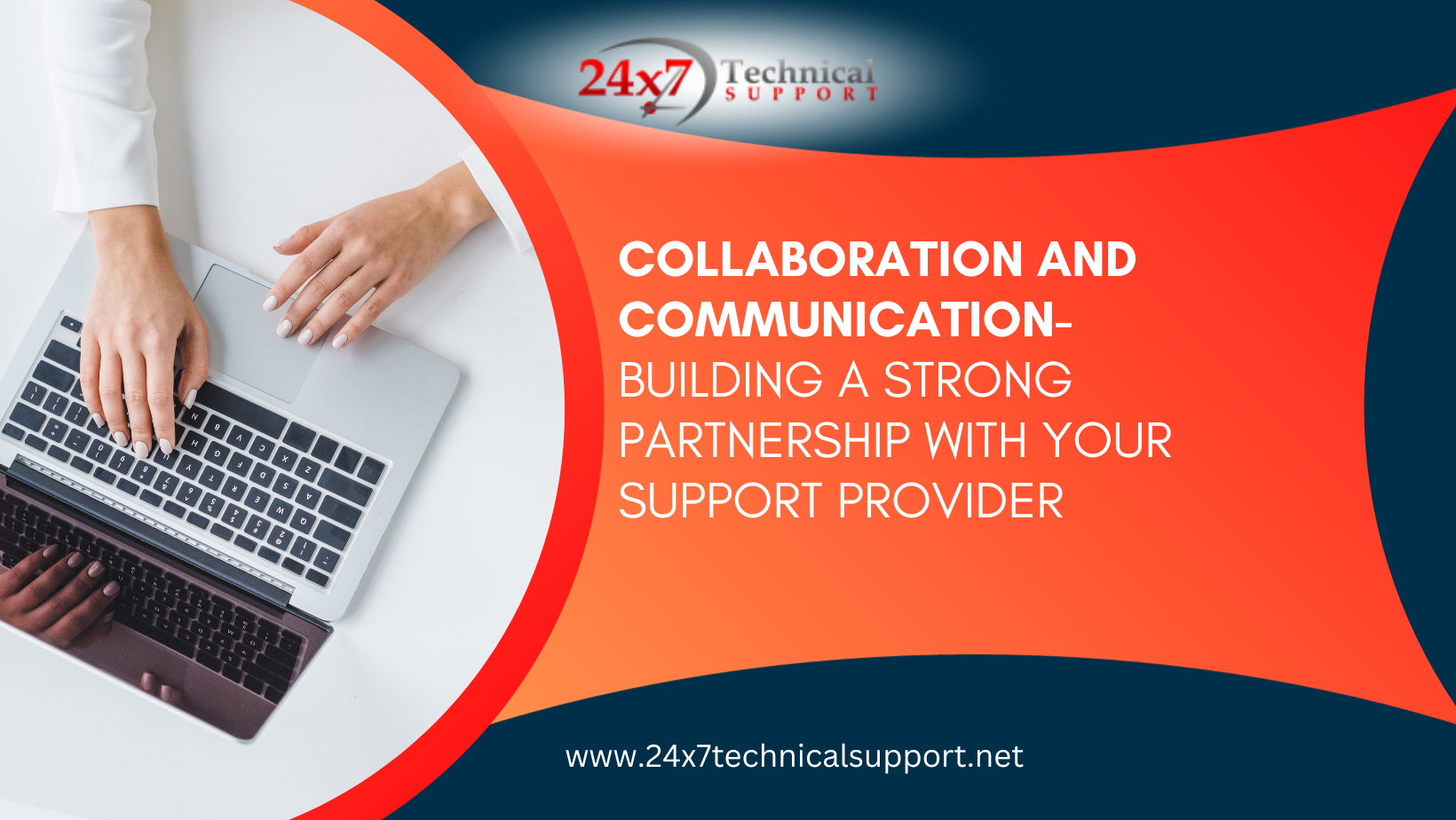
Collaboration and communication are the cornerstones of a successful partnership, especially when it comes to your support provider. In this article, we will explore the key elements that contribute to building a robust and enduring relationship with your support provider.
I. Introduction
A. Definition of Support Provider
In the business landscape, a support provider refers to a partner or service that aids an organization in various capacities, such as technical support, customer service, or consultancy.
B. Importance of Collaboration and Communication
Effective collaboration and communication with your support provider are crucial for seamless operations, problem resolution, and achieving shared goals. It’s not just about hiring a service; it’s about building a partnership.
II. Selecting the Right Support Provider
A. Understanding Your Needs
Before diving into collaboration, it’s essential to have a clear understanding of your organization’s needs. Identify the specific areas where support is required to make an informed decision.
B. Researching Potential Partners
Thorough research is key. Look for support providers with a proven track record in your industry and consider their reputation, reliability, and customer reviews.
C. Evaluating Track Record and Reviews
Scrutinize the support provider’s track record. Positive reviews and testimonials can offer valuable insights into their capabilities and reliability.

III. Establishing Clear Objectives
A. Defining Goals
Clearly define your objectives and expectations from the partnership. What outcomes do you aim to achieve, and how can the support provider contribute to these goals?
B. Aligning Expectations
Align expectations by discussing timelines, deliverables, and any potential challenges. Clarity from the outset is essential for a successful partnership.
IV. Open Communication Channels
A. Regular Meetings
Establish regular communication channels, such as weekly or monthly meetings, to discuss ongoing projects, address concerns, and ensure everyone is on the same page.
B. Utilizing Technology
Leverage technology for real-time communication. Video conferencing, project management tools, and collaborative platforms enhance communication efficiency.
C. Feedback Loops
Encourage feedback from both sides. Constructive feedback helps in continuous improvement and strengthens the collaboration over time.
V. Building Trust
A. Transparency
Build trust through transparency. Be open about challenges, successes, and any changes in the partnership dynamics.
B. Consistency
Consistency in communication and actions fosters trust. Ensure that commitments are consistently met, and expectations are consistently managed.

VI. Problem Resolution Strategies
A. Identifying Issues Early
Promptly identify and address any issues that arise. Early detection allows for swift resolution and prevents escalation.
B. Constructive Feedback
Provide constructive feedback when issues arise. Focus on finding solutions together rather than placing blame.
C. Collaborative Solutions
Approach problem-solving collaboratively. Involve both parties in finding solutions that benefit everyone involved.
VII. Adapting to Change
A. Flexibility
Be adaptable to change. Business landscapes evolve, and a flexible approach to challenges ensures that the partnership remains resilient.
B. Continuous Improvement
Strive for continuous improvement. Regularly assess the partnership’s effectiveness and identify areas for enhancement.
VIII. Ensuring Accountability
A. Defined Roles and Responsibilities
Clearly define roles and responsibilities to avoid confusion. Knowing who is accountable for what promotes a smooth workflow.
B. Performance Metrics
Establish measurable performance metrics to evaluate the success of the partnership. This provides a quantitative basis for assessing progress.

IX. Celebrating Successes
A. Recognition and Appreciation
Celebrate achievements, both big and small. Recognize the efforts of both your team and the support provider, fostering a positive working relationship.
B. Team Building Activities
Engage in team-building activities to strengthen the personal connections within the partnership. A strong professional relationship often benefits from a solid personal foundation.
X. Conclusion
A. Recap of Key Points
In conclusion, collaboration and communication are vital for building a strong partnership with your support provider. By understanding your needs, establishing clear objectives, maintaining open communication, building trust, and adapting to change, you can foster a successful and enduring collaboration.
B. Encouragement for Building Strong Partnerships
Encourage businesses to prioritize collaboration and communication in their partnerships. A strong support-provider relationship contributes significantly to overall business success.
Frequently Asked Questions
- How do I choose the right support provider for my business?
- Consider your specific needs, research potential partners, and evaluate their track record and reviews.
- What role does communication play in a successful partnership?
- Communication is crucial for clarity, problem-solving, and building trust in a support-provider relationship.
- How can I ensure accountability in the partnership?
- Define clear roles and responsibilities and establish measurable performance metrics.
- What are some common challenges in collaborations, and how can they be addressed?
- Challenges may include communication breakdowns or unmet expectations. Address them through open communication and collaborative problem-solving.
- How often should I assess the effectiveness of the partnership?
- Regular assessments, perhaps quarterly or annually, help in identifying areas for improvement and ensuring ongoing success.